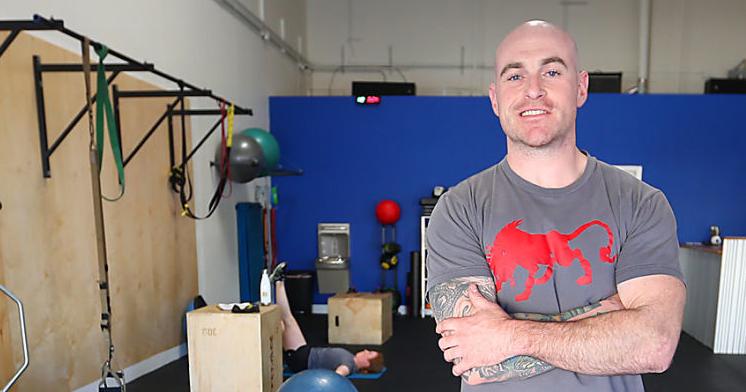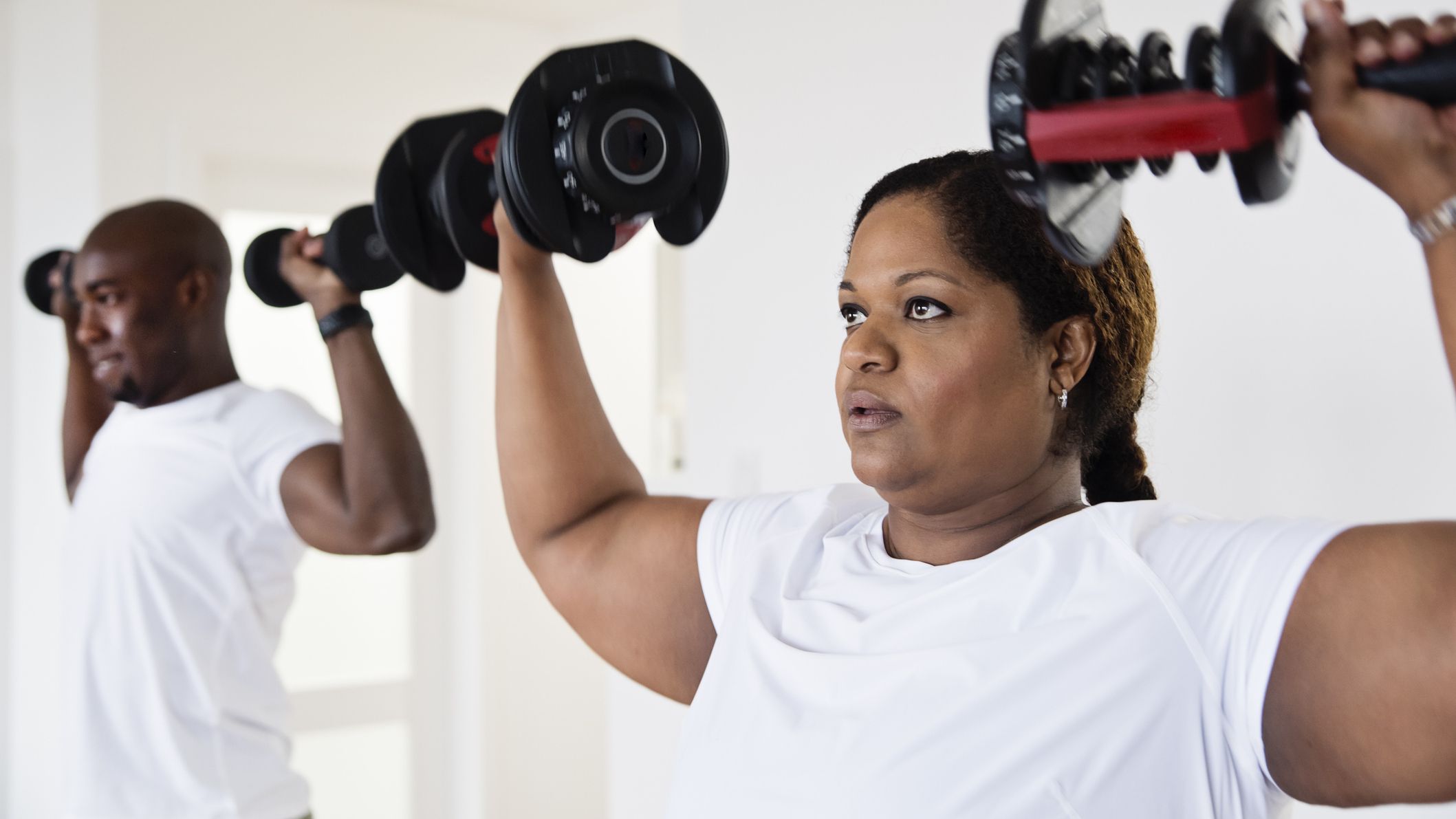The resident mockingbirds camping out in the neighborhood trees can be heard performing a symphony of bird songs. Your bedroom window is slightly cracked, allowing the crisp and refreshing morning summer air to flow over your face as you slowly regain consciousness from a good night’s sleep. As you notice the light becoming brighter shining in your room from the window, the sky starts to illuminate into more brilliant colors of azure blue and calming lavender purple undertones over the eastern mountains. You know the sun is moments away from hovering above the horizon. Your bed feels safe, stable, and comforting. The intricate formation of your pillows supporting your head is something you look forward to every night after a productive day. Perhaps you have your favorite cat-shaped stuffed animal that helps keep your arm in a stable position while you lay on your side to partake in the best slumber possible. This seems like a flawless portrait of how you want your Saturday mornings to be after a rigorous and productive five days of living life to the fullest this past week. However, it’s Monday morning at 7:30 a.m. And, your Yoga class is starting in 30 minutes.
People are also reading…
This scenario of waking up to a beautiful morning after a restful weekend might not seem surprising. Your bed is warm, you’ve taken it easy over the weekend, and your body is cuddled up, akin to how you felt when you were wrapped up like a burrito-blanket as an infant in your parents’ arms. However, you have a boatload of tasks to accomplish now that the weekend has concluded. Dropping kids off at school, getting ready to perform your best at your jobs, and handling the demands of being the head of a household throughout the week are just a few examples of the busy lives humans live in today’s society. After the logistics of everyday life have concluded, we have a category that frequently hits the back burner; exercise. Why would we want to get up an hour early, travel to the gym, and sweat? After a long day of work, does it seem appealing to park in the lot in front of a local gym, change into exercise-appropriate apparel, and perform a bout of physically exhaustive movements? Or, does it sound more enticing to head home, grab a beer, kick our feet up on the Lazy Boy recliner, and turn on the Giants game?
Sometimes the phenomenological life-enhancing benefits of exercise aren’t enough to peel us out of a warm cozy bed and devote an extra hour of exercise to our day. Fending off cardiovascular and metabolic disease, improving bone mineral density, decreasing the likelihood of unexpected injuries, mitigating stress, or creating an overall healthier everyday life experience via an adherent exercise program is probably the last thing on our mind when all we want to do is remain cocooned in our blankets in bed. When checking off the daily list of to-do’s, consistent adherence to exercise can quickly become an empty box left unchecked.
A few tactics we recommend to our personal training clients is to set realistic goals. If you’re starting an exercise program, the last thing you want to do is go from zero to committing to five days of exercise right off the bat. A 500% increase in adhering to an exercise program is a lofty expectation. Instead, meeting your weekly exercise expectancy one to two days per week is more attainable. Consistently completing an average of two days a week of organized exercise sessions have the ability to offer significantly positive results. Additionally, exercise sessions don’t need to be hours long. Performing safe and effective exercise routines for fifteen to twenty minutes in your home can produce optimal outcomes and create healthier versions of ourselves.
Additionally, it’s important to make exercise fun. If running up dusty hills first thing in the morning seems like the portrayal of limbo in the afterlife, you probably shouldn’t do it. Perhaps meeting your friend for a Yoga class and following it up with a quick coffee to chat for a few moments sounds more enticing. Want to flip some tires at 6 a.m.? Go right ahead. If not, don’t sign up for a small group fitness class where picking up and flipping used and dirty tractor tires is part of the agenda. Perhaps connecting with a friend who likes throwing a frisbee or hitting a few pickleballs at a local park might be more down your alley. Having a buddy join you or looking forward to a fun activity makes achieving those exercise sessions more attainable and enticing.
Exercise procrastination is a simple action to accomplish. Gravitating toward the path of least resistance takes little-to-no effort. That’s why it’s easy to stay in bed or drive past a few local gyms on our way home to grab a beer and kick our feet up for a few hours while staring at a 55-inch screen projecting monotonous images. Let’s not forget that setting aside time for something fun is easy too. It might take less time and effort to achieve a small bout of exercise than it does to watch a docuseries on Netflix. Let’s appreciate the fun and enjoyment physical activity brings us. Adding a stimulating and healthy form of exercise throughout our day gives us the gift of enhancing our physical well-being to live happy, healthy, and strong lives.
Sean McCawley, the founder and owner of Napa Tenacious Fitness in Napa, welcomes questions and comments. Reach him at 707-287-2727, napatenacious@gmail.com, or visit the website napatenaciousfitness.com.











































